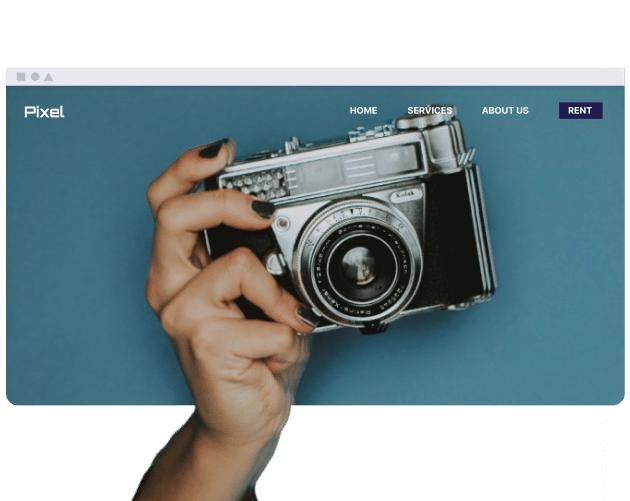Who needs a portfolio website?
A portfolio website is a digital space used for presenting information and works that are in a visual or any other digital area. Freelancers, artists, designers, photographers, writers, developers, architects, consultants, and even academics routinely employ these websites for storing documented project outputs and factual background as well as searching for new opportunities. In general, portfolio sites provide examples and records, making them available to parties who request professional information such as clients or organizational representatives.
What should I include in my portfolio website?
It’s important to include work samples that reflect the types of projects you intend to pursue. Each example should have a summary explaining your particular tasks, approach, and the project outcome. “About Me” section can be useful for outlining basic background information and your professional experience. Additionally, contact details should be provided for communication purposes, and client testimonials may be added for context.
How do I choose the right platform for my portfolio website?
Choosing the right platform depends on your technical comfort, budget, and desired control. Hocoos AI and Wix are website builders that include drag-and-drop features and templates. As this requires no prior coding knowledge from users, the duration of site assembly is noticeably affected. For more customization, Content Management Systems (CMS) like WordPress provide greater flexibility but have a steeper learning curve. The most suitable option is the one that balances ease of use with the level of creative control you need.
What are some essential design tips for a successful portfolio website?
For a successful portfolio website, prioritize simplicity and cleanliness in your design; your work should be the main focus. Ensure you use high-quality images and media that load quickly, and make your site easy to navigate. Always design for mobile responsiveness, as many visitors will view your site on phones or tablets. Maintain brand identity (use the same colors, fonts, and layout formatting) throughout all pages to keep the visual display consistent.
How can I drive traffic to my portfolio website?
Driving traffic to your portfolio can be approached by using Search Engine Optimization (SEO) practices, which entails incorporating relevant keywords into website content and project descriptions. The site link can be posted on selected online platforms (like LinkedIn and Behance), included in resumes or email signatures. Sharing basic portfolio information on subject-related websites or forums provides a way for individuals in specific fields to access the website.
What are the common mistakes to avoid when creating a portfolio website?
During the process of developing a portfolio website, select a moderate range of work samples that represent specific skill areas rather than an extensive assembly. Technical factors to check include if images display at a suitable quality for web presentation, if files load as expected, and whether contact methods are listed. Arrange the navigation so users are able to reach each page or section in an expected sequence. Project listings, images, and referenced information can be reviewed or updated on a timed interval to ensure the files and website structure reflect any transactional changes made over time.
How do I measure the success of my portfolio website?
To evaluate portfolio website performance, begin by reviewing site analytics such as unique visitor counts, page views, and bounce rate using available tracking tools like Google Analytics. Beyond traffic, success is also measured by the number of inquiries, job offers, or client projects directly generated from your site. Collecting and organizing these quantifiable indicators can outline patterns in website usage and informational interest.
Conclusion
A portfolio website displays your skills, experience and examples of completed projects in a digital format. Carefully select your best work cases and curate them for clarity of comprehension by those who view your portfolio. To impact your professional standing, especially initiate new opportunities, focus should be implied on continuous site promotion.

